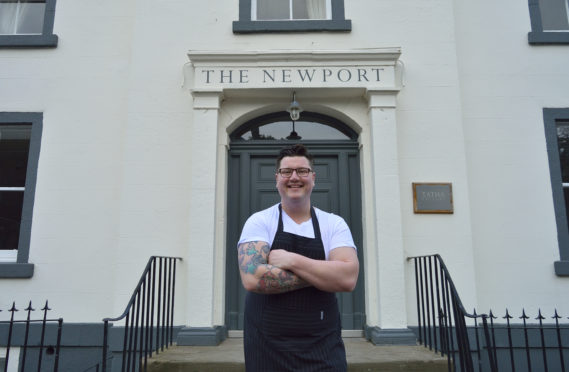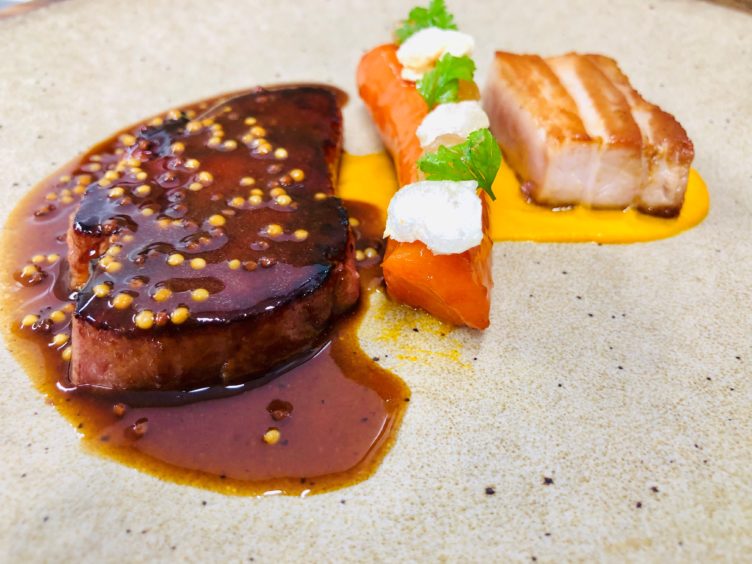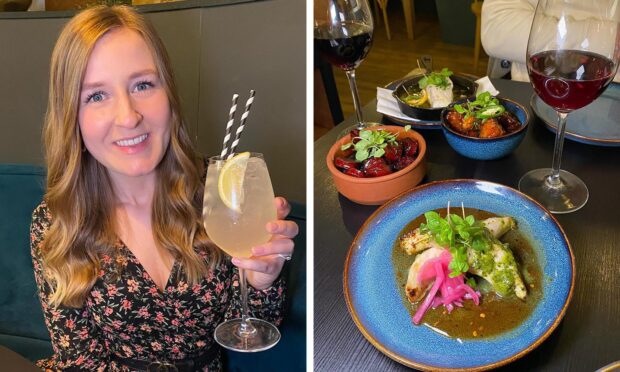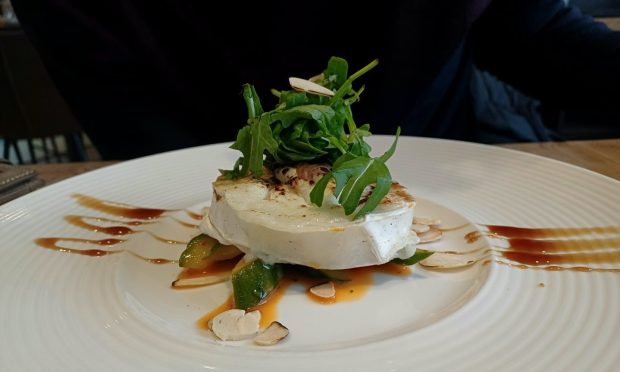Jamie Scott extols the virtues of versatile pork and refutes claims that it’s fatty.
This month I am writing about a delicious meat that is sometimes regarded as too fatty, dry or tasteless. Yet pork is one my favourite meats – it’s versatile, delicious and healthy. When you do buy pork, I recommend purchasing special selected Scotch pork.
In a nutshell, specially selected pork is from specific animals that are sourced from selected farms, adopting best practice, including animal welfare and natural production methods. This means the pork is approved by the Scottish SPCA.
Now just like beef and lamb, being a four-legged animal, pigs have pretty much the same cuts – shoulder, legs, rumps, loins etc. Personally, I believe the best two cuts are the collar and the belly.
Located along the neck of the pig between the shoulders, the collar is very versatile and works well for braising, as a steak-cooked medium or cold smoked and then brined in a salt mix for a few hours. After it’s brined we cook it sous-vide (low temperature in a water bath) at 65C for two hours and finished on the top to get it crispy – absolutely delish.
The belly I love two ways: first, ask your butcher to roll it tight and tie it with butcher twine, then slow roast for two hours at 160C, then 200C for the last 15 minutes for lovely crackling. We again favour the sous-vide for our pork belly recipe and vac pac it with some rendered pork fat and fennel seeds, seal it and cook it for 48 hours at 65C. We then prep it between two heavy trays until it’s cold, slice into long strips and crisp it up in a pan.
If you don’t have a water bath you can easily just submerge the belly in some duck fat and cover with tin foil and confit, or slow cook over night at 90C.
An easy recipe is using one of the leaner cuts, the pork fillet. Slice the pork fillet into 5cm slices, then using a meat hammer or rolling pin, flatten it out nice and thin, place into some buttermilk and leave for 30-40 minutes. Set up some seasoned breadcrumbs and a shallow pan with 2cm of vegetable oil. Remove the pieces of pork from the milk and dredge in the breadcrumbs. Shallow fry at 180C for three minutes either side, serve with a fresh salad and some garlic mayonnaise. Delicious!
Remember different cuts vary in flavour and fat content, which affects what to combine with pork. As a general rule apple, caraway seeds, Chinese spices, chillies, savoury rubs and thyme all harmonise beautifully with the pork.
Chef’s tip: My tip this week goes over why we brine meats. Brining enables meat to absorb water, which can make it softer and juicier. Raw meat can be placed in a brine solution for 1-24 hours or more depending on the recipe you are using. Our recipe is traditionally 10% salt to water so 200g salt to two litres of water.











